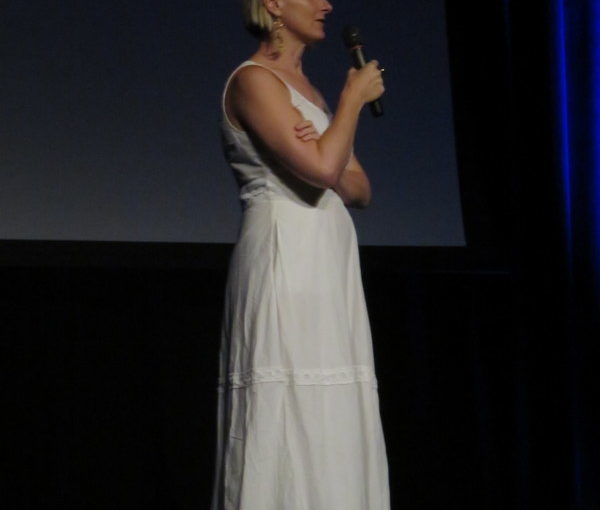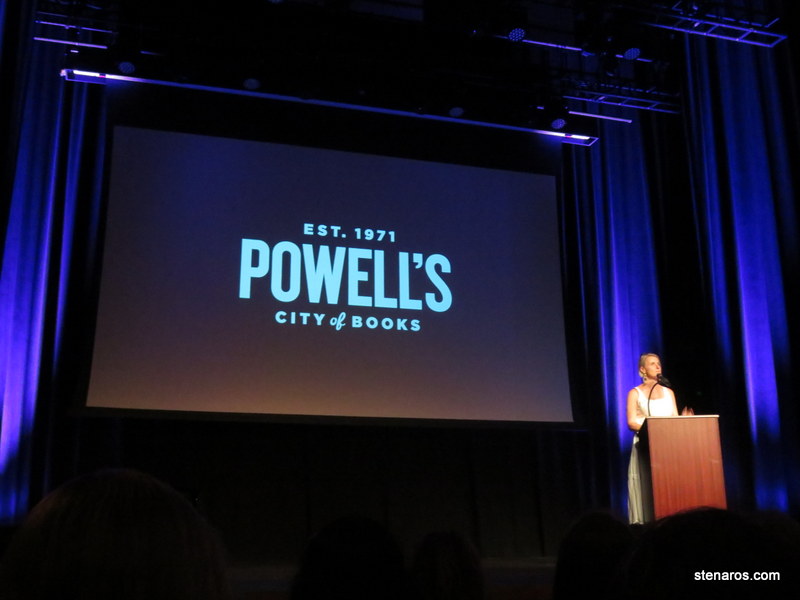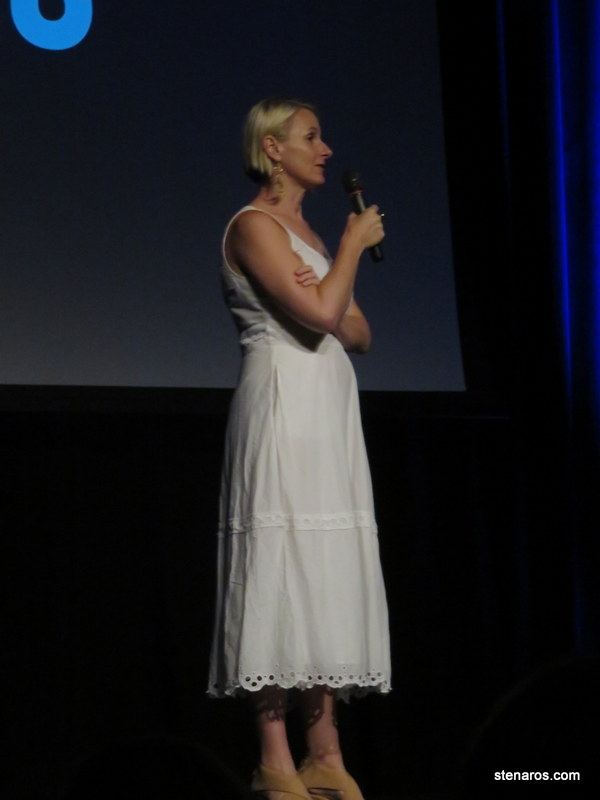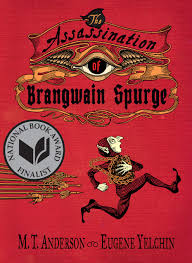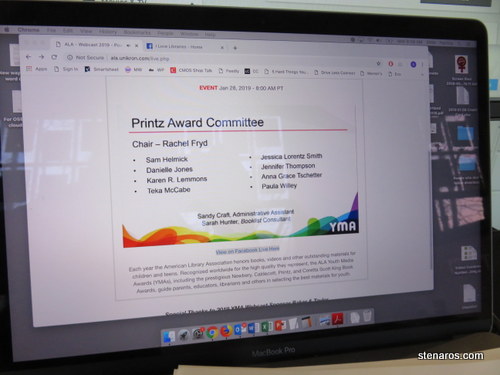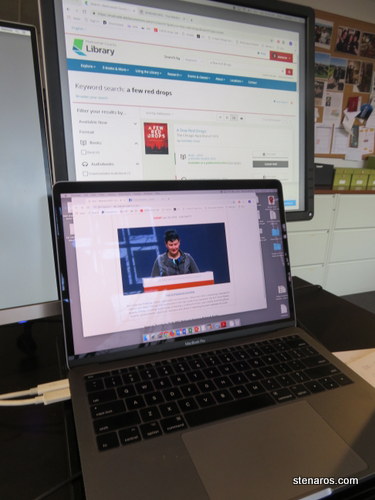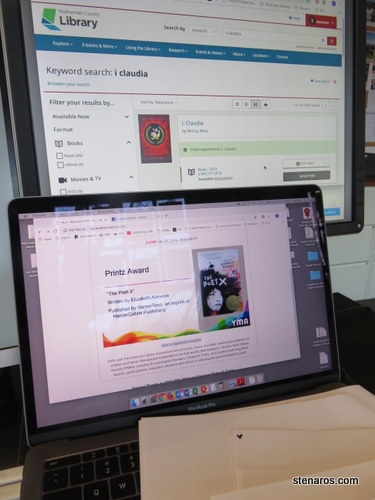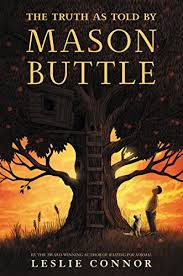January tends to be a month of free-reading. There’s the tail end of the holidays which affords more time for reading, and in book group we’re mostly to the point of having read all the potential youth awards we are going to read.
This month I had time to squeeze in some Grownup Nonfiction and some Smart Smut. But there are also some really great children’s books that I read this month.
Recommended
Picture Books: Stop that Yawn
Middle Grade: The Season of Styx Malone
Young Adult: The Assassination of Bragwain Spurge
Grownup Nonfiction: Profit First
Smart Smut: Bitter Spirits
Picture Books
Stop That Yawn
Caron Levis & LeUyen Pham
Read for Librarian Book Group
I tend to like picture books with more things on the page, rather than fewer. All the better to look at during subsequent rereads. There’s also the challenge of stopping that yawn, which I failed at every single time.
Heartbeat
Evan Turk
Read for Librarian Book Group
Perhaps I wasn’t in the right frame of mind for this book. It struck me as something eight-year-olds would make fun of.
Carmela Full of Wishes
Matt de la Pena and Christian Robinson
Read for Librarian Book Group
Carmila is old enough to go to the laundromat with her big brother. She also learns about wishes. Good illustrations, sweet book.
In the Past: From Trilobites to Dinosaurs to Mammoths in More Than 500 Million Years
David Elliott and Matthew Truman
Read for Librarian Book Group
Dinosaurs! And things that came before them! The illustrations are great, and we learn about the subject matter via amusing short poems such as this:
Dunkleosteus
You weren’t picky
When it came to diet;
if it lived in the ocean,
you would try it.
Which leads me to raise
this delicate question:
Your face—
the unhappy result
of indigestion?
Middle Grade
Ivy Aberdeen’s Letter to the World
Ashley H. Blake
Read for Family Book Group
Ivy Aberdeen’s house blew away in a tornado and now her family lives in a room at a local B&B. Ivy’s got problems. Aside from the lack of a house, her parents are tired from taking care of her baby twin brothers. Sandwiched between them and her older sister, Ivy feels like no one notices her.
And she’s lost her notebook, which is a problem because it’s got drawings that make it obvious that Ivy likes girls. Not only that, but she knows someone has found her notebook because they keep leaving her drawings in her locker.
This book is full of feelings: loss, anger, sadness, hope, worry. Some things happen that seem really unfair. But Ivy’s got some champions: the owner of the B&B and a girl who might be a new friend. Even the person leaving her drawings is encouraging. But who is it?
The Season of Styx Malone
Kekla Magoon
Read for Librarian Book Group
This book delighted me from the early scene when Caleb and his brother trade a very specific item for a bag of fireworks. They know it’s wrong, and they know they are eventually going to get in trouble, but they just can’t help themselves. It’s a bag of fireworks! Illegal ones!
After getting in trouble with their parents, and being assigned the summer-long punishment of doing chores every day with a kid they don’t like, they meet a different kid: Styx Malone.
It’s interesting to have an age gap of six or so years between the brothers and Styx. When you’re ten years old, sixteen seems very far away. The book also sets up an interesting compare/contrast between Caleb’s home life and Styx’s. And there is a lot of adventuring, while keeping things from parents.
This is a book that manages to hit all the feelings, but it doesn’t feel like it is using a sledgehammer to do so.
Tiger vs. Nightmare
Emily Tetri
Read for librarian book group
This graphic novel not only includes a futuristic world populated by Tigers (awesome!) but also a monster under the bed with a twist.
Sweep
Auxier
Read for Librarian Book Group
One of my favorite childhood book is A Little Princess, the tale of Sara Crewe, the most beloved daughter of a wealthy man, reluctantly sent away to a London boarding school. When her father dies, Sara Crewe is plunged into poverty, becoming a servant at her own school.
That book was mentioned in the afterward as one that inspired Jonathan Auxier’s Sweep, along with the Water-babies, which I believe was a book the girls in A Little Princess were reading.
Sweep takes place in Sara Crewe’s London, and the main character is a chimney sweep named Nan Sparrow. The book is clear about the difficulties of her life. Since the man (called the Sweep) who was taking care of her disappeared, she’s been working for a harsh master. The Sweep didn’t leave her much, but he did leave her a tiny glowing bit of coal that keeps her warm.
When her life is in peril, the bit of coal grows into a monster, sent to protect her.
I’m a great fan of golem stories, and the relationship between Nan and the monster is a sweet one. But even with a monster to protect her, danger still lurks at every turn, making for tense, engrossing reading.
Young Adult
The Assassination of Bragwain Spurge
Anderson/Yelchin
Read for Librarian Book Group
As a reader who only likes fantasy if it is set in the present and could happen to me, I wasn’t eager to dive into this book. A goblin hosting an elf visitor after a great war? Ugh! No!
And then, the goblin was so eager to be an excellent host, so excited about trading goblin/elfin histories that when the elf showed up and was a terrible guest, I couldn’t help but love this book.
Not to mention that it has illustrations that are gorgeous and add a completely different dimension to the story.
If you’ve ever had an unpleasant visitor, or if you’ve ever been an unpleasant visitor, this is a book for you.
Grownup Nonfiction
The Soul of Money
Lynne Twist
The Soul of Money provides a different way of looking at money and a different way of looking at wealthy people. Frankly, the second thing is what I needed right now.
There is a big call to action in this book. Lynne Twist wants society to move away from accumulation of things and hording of money. It’s a sentiment I agree with, and I feel like it was something that we were moving toward when the book was published in 2003 but that it is something we’ve gone away from now.
Profit First
Mike Michalowicz
I’m starting my own business (Keen Eye Copyediting & Beta Reading, 3SMReviews.com) and there is so much to learn. Among the many things I have low-grade anxiety about: where should the money go?
How to ensure that I have enough put by for taxes, for expenses, and to allocate for my own pay for my work?
Mike Michalowicz has a plan. He wants all small business owners to put profit first. This book provides a solid framework for the financial architecture of your business. If you are starting a new business, it should be on your reading list. If you have a business, but feel like you never make any money, this book should be on your reading list. Or maybe you should start reading it. Today.
Also, if you already use YNAB, you will have a basic understanding of the Profit First system. And also probably enough skills that will let you skip opening all the bank accounts.
Smart Smut
Bitter Spirits
Jenn Bennett
Last year I discovered and read all three of Jenn Bennett’s YA novels. They were great! Even the one that had what I considered to be a major flaw, I read twice in a row because I liked the characters so much. (And also to decide if I was right about the major flaw.)
And now I see why she is so good a crafting interesting characters and situations combined with female-focused, sex-positive hankypanky. It’s because she cut her teeth writing what I refer to as Smart Smut.
Bitter Spirits is the first in a three-book series focused on a wealthy family living in 1920s San Francisco. This story focuses on Aida, a spirit medium who is in town performing her act at a speakeasy. She runs into Winter Magnusson, a wealthy crab fisherman and bootlegger. Sparks fly. And also, someone is trying to kill Winter.
While the characters seemed like modern people dropped into the 1920s, the plot–involving ghosts and murder–was interesting and Ms. Bennett knows her way around a variety of good sex scenes.
I’m liking the pivot Jenn Bennett has made to YA. And I’m also looking forward to reading the rest of this series, plus another four-book series she’s also written.
Grim Shadows
Jenn Bennett
We continue on with the family and setting established in Bitter Spirits: 1920s San Francisco and the Magnusson family. This book focuses on Winter’s younger brother Lowe Magnusson, headed home from an archaeological dig in Egypt. On the way he meets Hadly Bacall, the daughter of a San Francisco museum curator and a woman who would like to be an archaeologist and curator herself. If only men would stop getting in her way.
Lowe’s not just an archaeologist, he’s also a swindler. Hadly isn’t just a thwarted archaeologist and scholar, she’s also got this curse where if she gets too mad creatures destroy things. (It’s kind of cool, but would be a pain to live with.)
The two must solve a variety of clues left by Hadley’s dead mother to recover pieces of an object that were hidden around San Francisco. While doing that, things get complicated, relationship-wise, and there is much carnal knowledge in a variety of settings.
I found a few plot points to be predictable, but I was into the conundrum of the destroying creatures being tied to anger.
